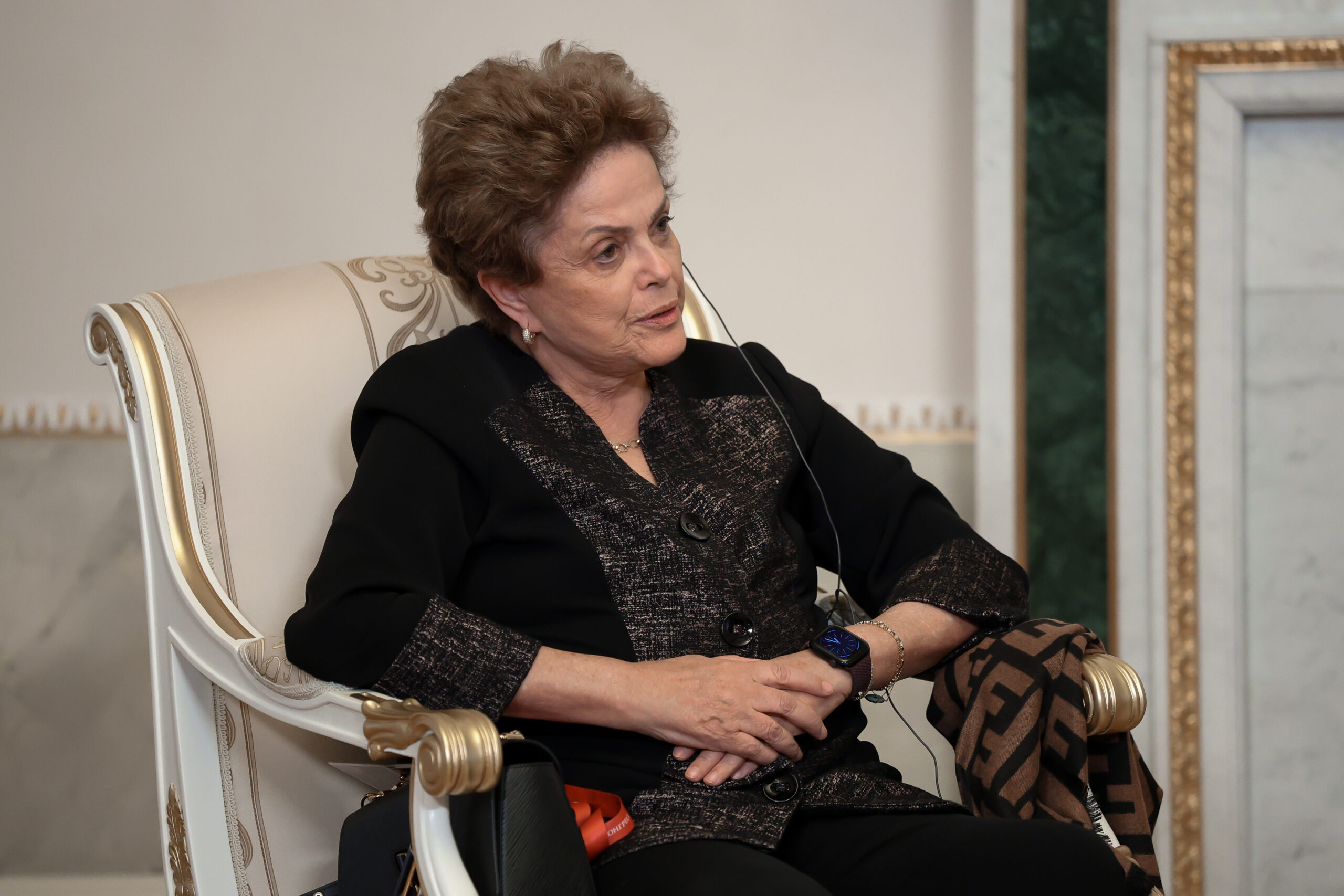
As the BRICS New Development Bank (NDB) prepares for its annual meetings this week, Professor Bonke Dumisa, an independent economic analyst, offers a critical assessment of its potential to rival established institutions like the IMF and World Bank.
Launched in 2014 with the aim of addressing the financing needs of emerging markets and developing countries, the NDB has steadily grown in prominence. Its founding members—Brazil, Russia, India, China, and South Africa—envision the bank as a counterbalance to the Western-dominated financial institutions. With an initial focus on infrastructure and sustainable development, the NDB’s role has expanded, now encompassing a broader range of projects across member and non-member countries.
Professor Dumisa argues that while the NDB has made significant strides, it faces considerable challenges in rivaling the IMF and World Bank. Firstly, the scale of operations remains a key factor. The IMF and World Bank have decades of experience and extensive resources, with the World Bank alone having a financial capacity exceeding $200 billion. In contrast, the NDB’s capital base, though substantial, is still smaller and primarily funded by its founding members.
Read more:
Annual Meeting of the New Development Bank to take place end-August
See our special report on the New Development Bank: Ten years later

